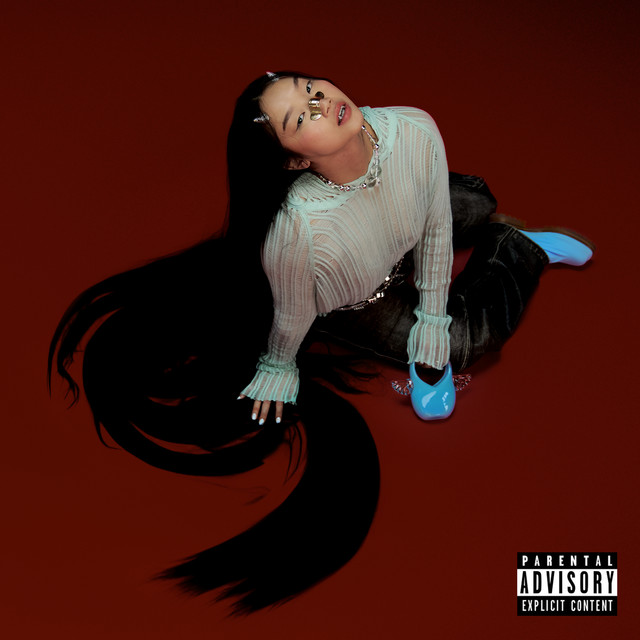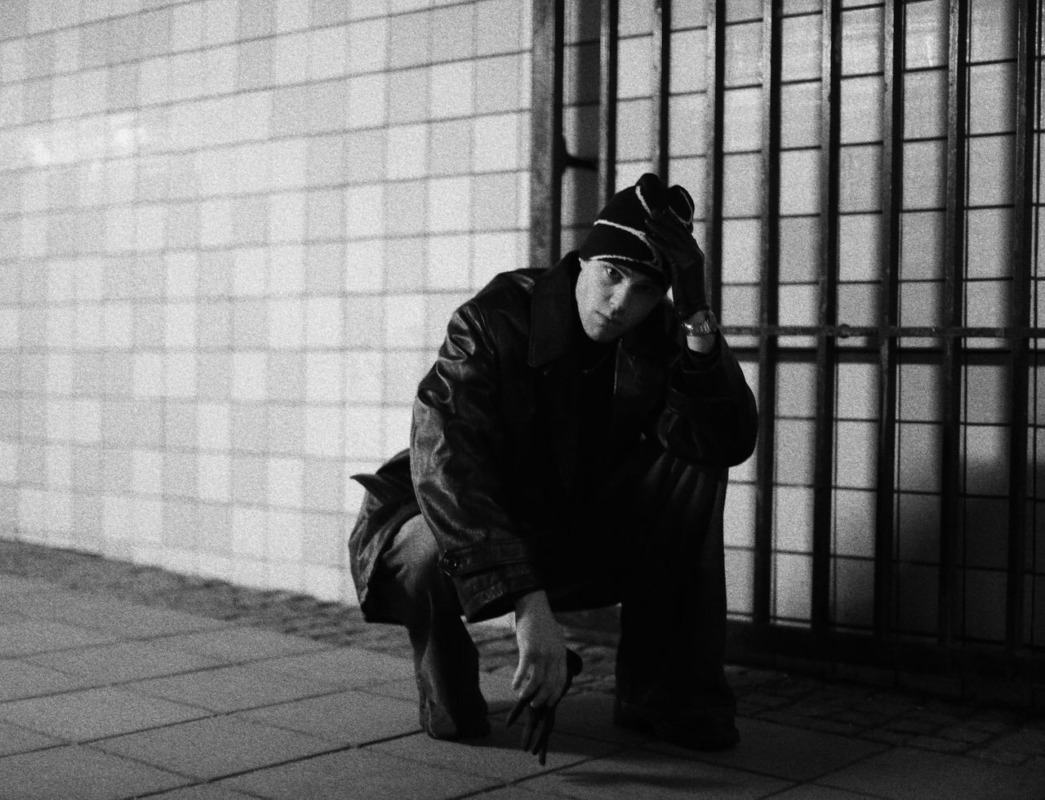
Electronic dance music, sometimes known as club music or rave music, is an extensive array of rhythmic, percussive and melodic electronic music genres designed primarily for clubs, raves, and other gatherings. This music has become increasingly popular among many generations of club dancers and has become one of the most sought-after musical styles in recent years.
Most people understand that this type of music is comprised of many different styles, but few people are aware of the fact that there is some overlap between the styles. For example, the term “club music” is often used to refer to music that originated in clubs, and “raves” refers to music that was originally played in raves.
The fact that there are many different styles of this music is due to the fact that the genre varies across time and geographical locations. Some of the more popular styles of electronic dance music come from Africa, Brazil, Europe and America. Each of these regions has its own distinctive sound, but there are common characteristics between all of them. These include rhythm, tempo, key signature, instrumentation and production style.
Most of the different styles of club and raving music are characterized by fast, bass-driven beats. Most of the major producers of club and raving music use one or a combination of the four basic musical forms, namely:
One of the most popular styles of electronic dance music is Dubstep. Dubstep was initially created in the UK in 1992 by a group of producers called “Coki”. The music evolved during the early stages from a drum and bass influenced style, which became even more popular through the release of the seminal “Scatterbrain” single. Dubstep evolved into its current form after the emergence of another drum and bass genre, which was then named “DnB”.
Unlike drum and bass, dubstep was developed with the intention of combining the drum patterns with bass. This mix of elements led to the rise of other musical genres. For instance, the “breaks” found in most drum and bass tracks are typically absent from breakcore, because breakcore relies heavily on high-tempo drum beats and bassline. breakcore tracks are often referred to as “drum’n’bass”, or “drum n’dubs”.
Melodic trance has also gained tremendous popularity over the last decade or so. Most listeners associate trance music with trance artists such as Bjorn Akademiks and Lee Harvey and have been labeled as “triple breasted trance music. Although melodic trance music is often associated with trance artists, this is not the only genre. Other artists who have influenced melodic trance are Kaskade and Steve Angell.
Trance music was originally developed during the 1980s as a low-key, introspective form of musical expression. It was characterized by smooth, ambient beats, gentle vocals, clean guitar riffs and soothing instrumental melodies. The genre eventually evolved to incorporate other elements, such as drum and bass and drum & bass.
Melodic trance music is an excellent choice for those who wish to listen to it on headphones. There is virtually no distortion, so you are able to easily listen to it without having to deal with annoying background noises. The majority of melodic trance tracks contain simple piano or string accompaniment, which allows you to easily listen to the melody without having to play an instrument. Most tracks also have a sub-division of melody sections: one that progress quickly and fade out, one that slowly builds in intensity, and one that is slower and more laid back.
Some of the most popular melodic trance tracks are by artists like Carl Cox, Gareth Emery, John Digweed and Carl Cox. These tracks are often considered some of the best on the planet. They are available at many online music stores for free download.
Electronic dance music has become incredibly popular because of its ability to be played in almost any area where there is a radio. While traditional clubs and nightclubs usually require the purchase of an expensive DJ headset, it is possible to listen to electronic dance music on your MP3 player, especially when there are parties happening.
For example, at birthday parties and barbecues, you may want to listen to trance or melodic trance to loosen up before going to a club or bar. Or, you may want to listen to electronic dance music while waiting for a train at a railway station or bus stop, waiting for an express train in a crowded subway or bus station.
Related Tags:


